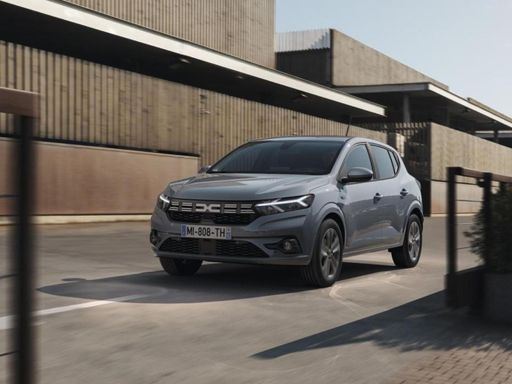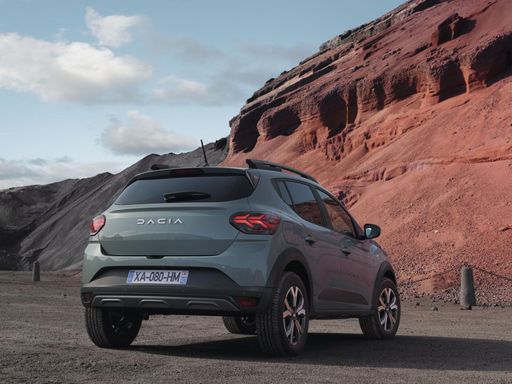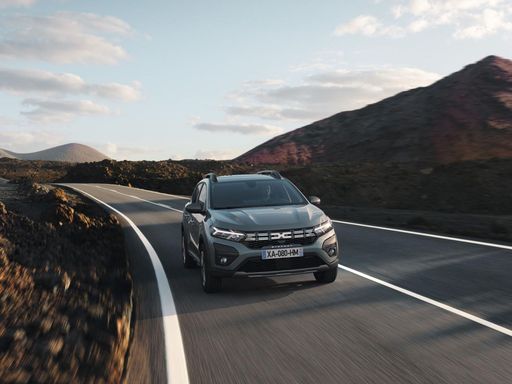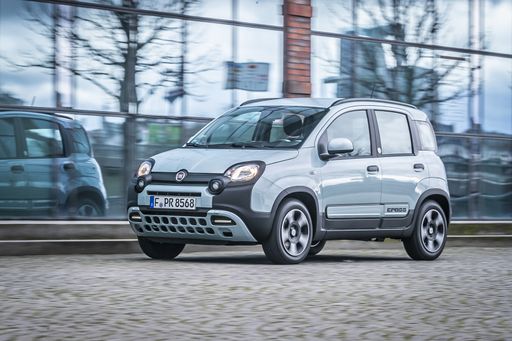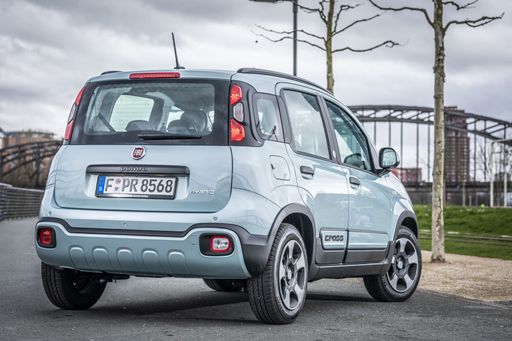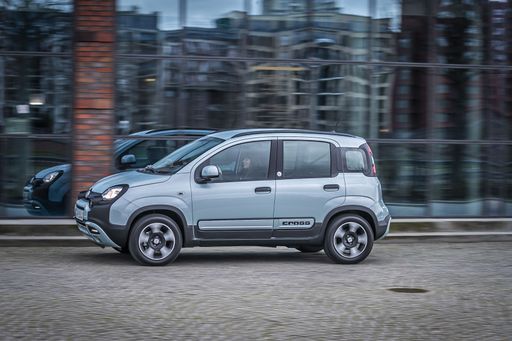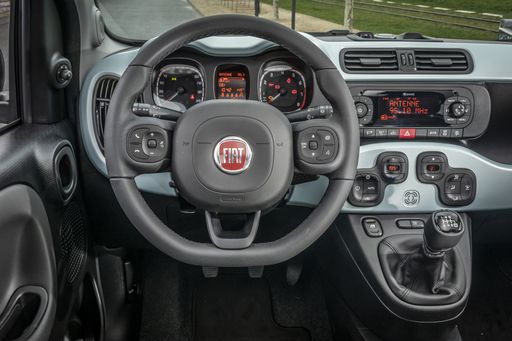Dacia Sandero vs Fiat Panda: The Ultimate Hatchback Showdown
In the ever-competitive hatchback market, two vehicles have consistently stood out for offering practicality and affordability: the Dacia Sandero and the Fiat Panda. Both 2024 models bring new innovations, efficiency improvements, and distinct features aimed at capturing the hearts of potential buyers. Let's dive into a detailed comparison of these automotive favourites.

